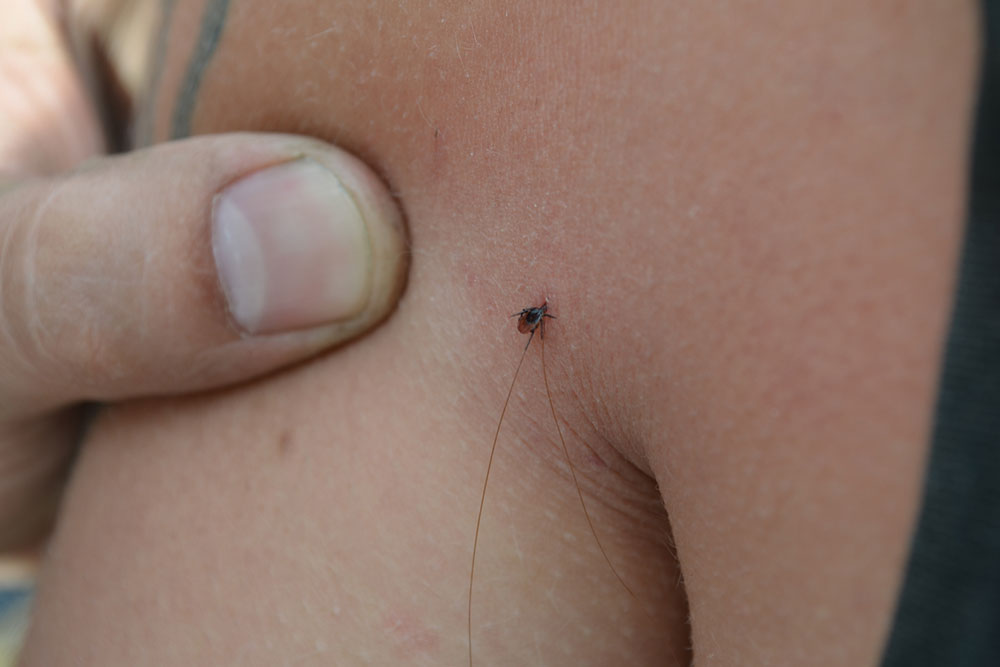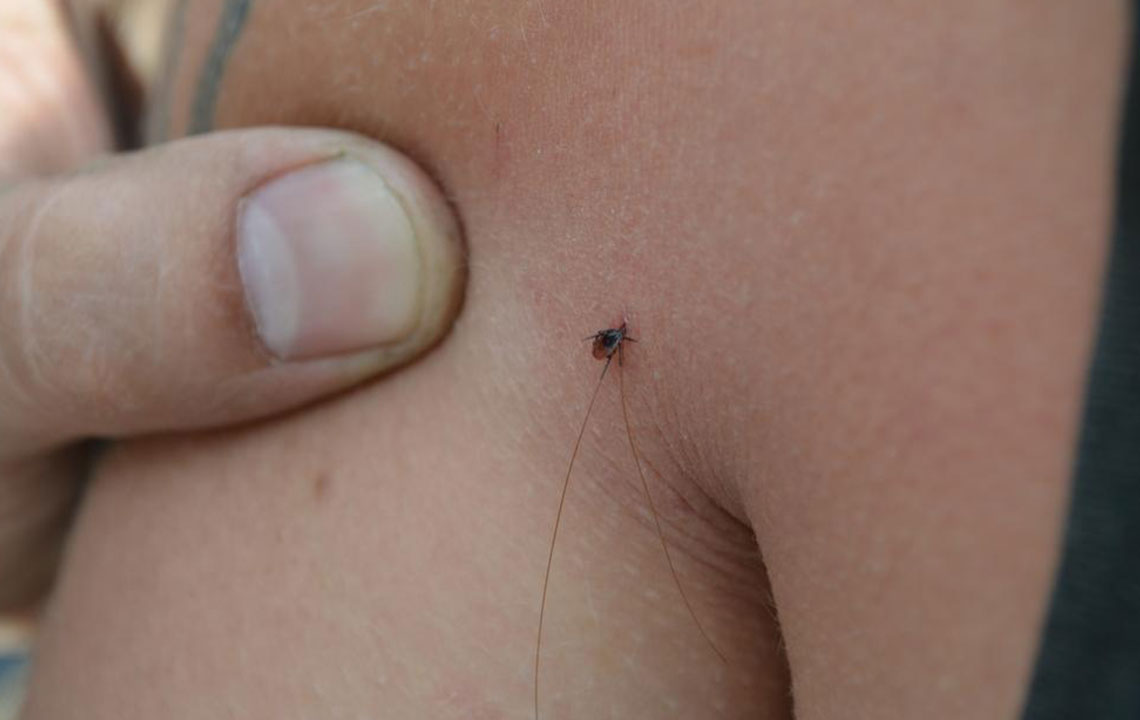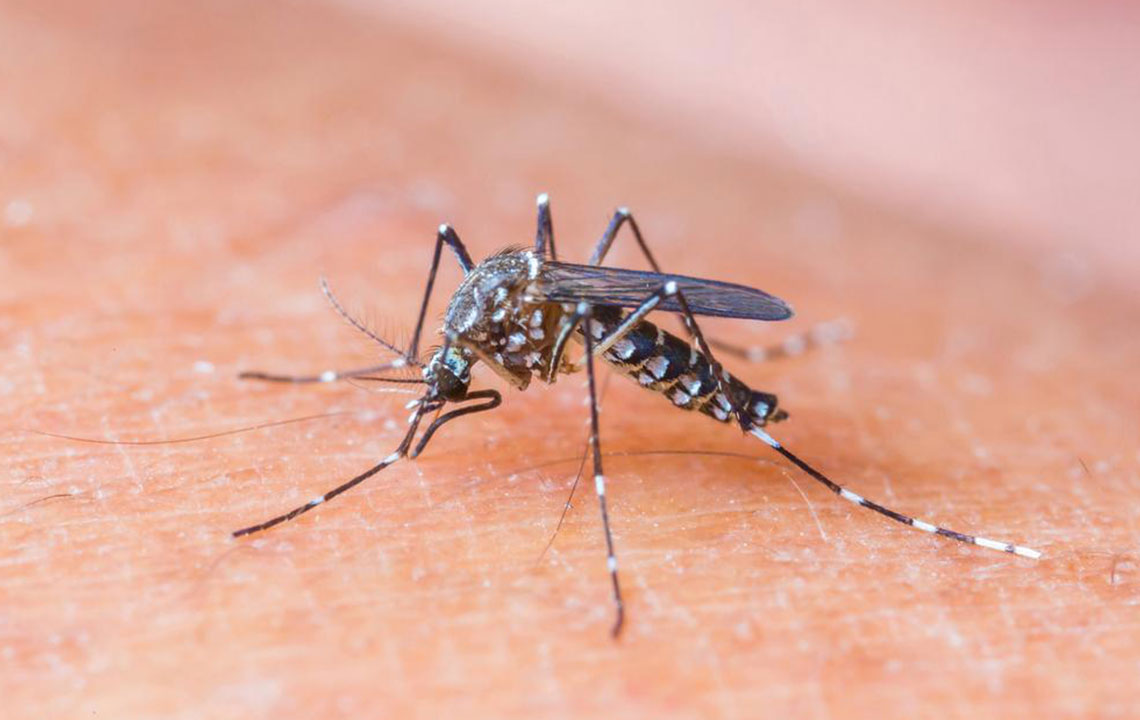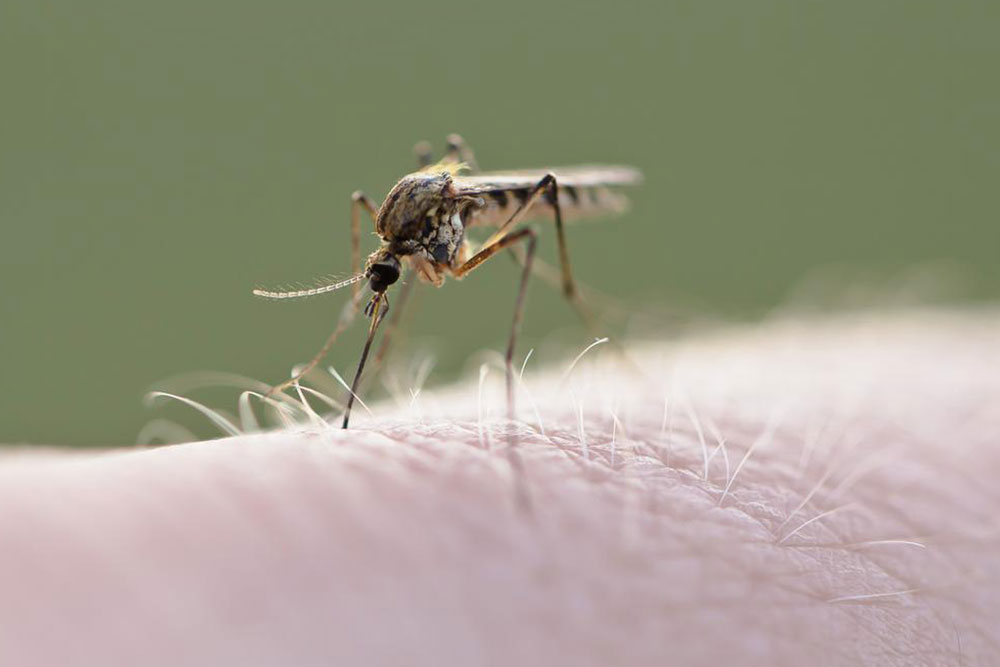How to Recognize and Understand Spider Bites
Learn how to identify and understand spider bites, recognize symptoms, and know when to seek medical help. This guide covers key spider species like recluse, black widow, and sac spiders, including their appearance and dangers. Easy tips for immediate treatment are provided to handle bites effectively and prevent complications. Stay informed and safe with essential knowledge about spider bite recognition and care.
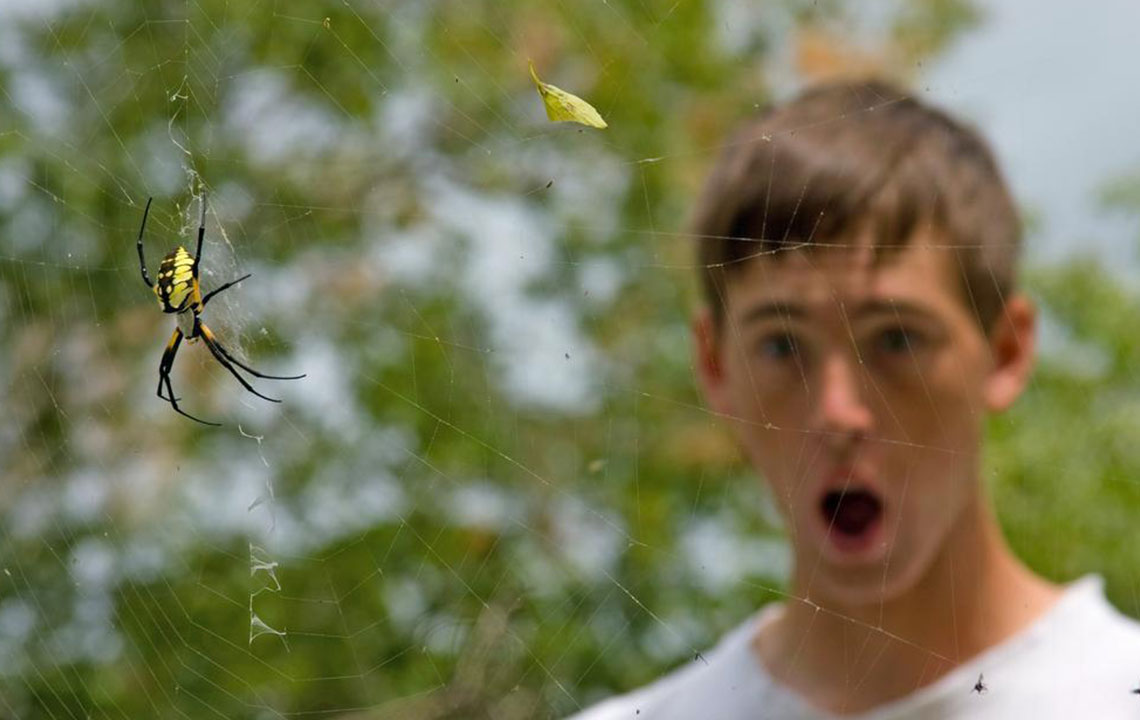
How to Recognize and Understand Spider Bites
Spiders are not predators of humans nor do they feed on blood. Incidents of spider bites are rare because most species’ fangs cannot pierce human skin. Usually, a spider will bite only if it feels threatened or unexpectedly disturbed—such as when you place your hand in a shoe, box, or under furniture, causing the spider to defend itself. They may also attack if trapped, for example, in stored clothing or stored items.
Are all spider bites venomous?
While all spiders produce venom to subdue prey, their venom usually does not pose a threat to humans or causes only minor reactions similar to insect bites. However, certain species like widow spiders and recluse spiders possess more potent venom that can cause harmful symptoms, although bites from these spiders are uncommon in many regions.
Key indicators of a spider bite include:
Identifying the spider responsible is crucial. Notable venomous spiders include brown recluse, black widow, and sac spiders. Recognizing their characteristics helps determine if medical treatment is needed. Often, the bite site may not be immediately visible, so monitoring symptoms is essential. Below are details on these spiders:
Brown recluse: Typically found in quiet, undisturbed areas like attics and storage rooms. They bite when disturbed, especially when touching infested items such as shoes or furniture. Key signs include a violin-shaped pattern on the cephalothorax and a color ranging from pale yellow to dark brown.
Black widow: Found indoors and outdoors in places like garages or woodpiles. They prefer dark, secluded areas and create tangled webs. Look for a shiny black body with a distinctive red hourglass marking on the underside. The body length is about half an inch, with the entire spider reaching approximately 2.5 centimeters.
Hobo spiders: Build web networks and are poor climbers, usually staying close to ground level. They are fast runners, and their bites resemble those of recluse spiders but tend to be less severe. They have long, unmarked brown legs and are generally aggressive.
Sac spiders: These spiders often get mistaken for recluse spiders. They leave sac-like webs and are mainly active at night. They come in light yellow to pale greenish hues and hide during the day.
In addition to identifying the spider, observing symptoms helps confirm a bite. Common signs include:
Sudden localized pain
Fever and muscle aches
Blister with purple or red center
Swelling and itching
Breathing difficulties and anxiety
Nausea and vomiting
Treatment tips:
Sanitize the bite area to prevent infection
Use an ice pack to reduce swelling
Take antihistamines for itching
Cover the wound to keep it clean
Avoid scratching and physical activity
If symptoms worsen or persist, seek medical attention promptly. Spider bites may require long recovery periods and can cause tissue damage. Awareness and proper identification are vital to avoid misdiagnosis and ensure appropriate care.

